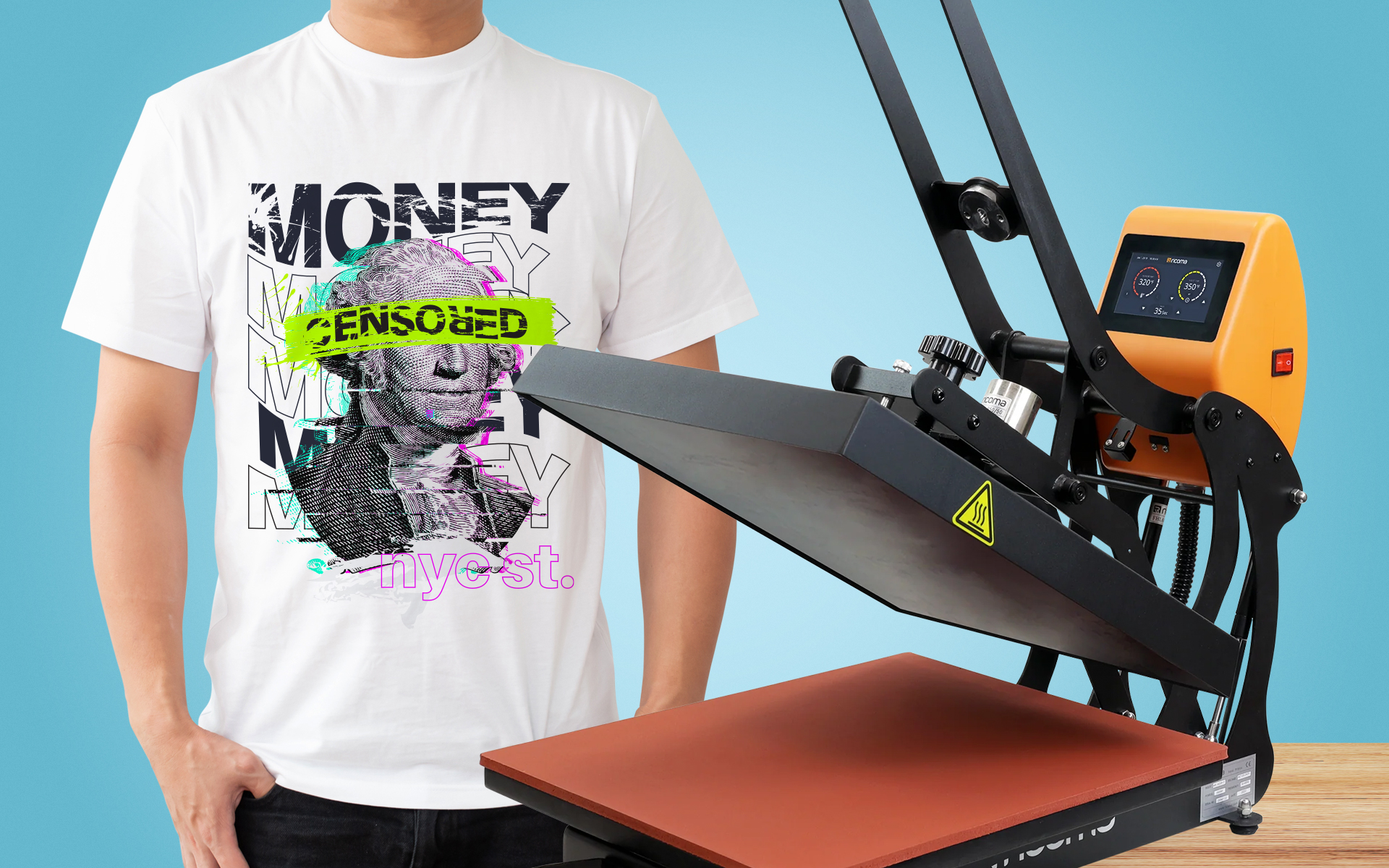A Comprehensive Overview to the Different Sorts Of Fabric Printing Methods
Each technique, from the thorough workmanship of block printing to the rapid efficiency of screen printing, offers special objectives and supplies distinctive benefits. Digital printing's adaptability and environmental consciousness stand in raw contrast to the swift personalization of heat transfer printing.
Block Printing
Block Printing, one of the oldest approaches of fabric decor, has an abundant background that dates back to ancient civilizations. The procedure entails sculpting detailed layouts right into wooden blocks, which are then dipped in color and pressed onto fabric to develop patterns.
The accuracy and craftsmanship associated with block printing make it a labor-intensive procedure, however it also permits a high level of personalization. Artisans can create one-of-a-kind patterns by integrating different blocks or differing the application of dye. This flexibility has actually added to the long-lasting popularity of block printing in both conventional and contemporary textile layout.
Block printing is particularly valued for its visual high qualities, consisting of the small variants in pattern and color that arise from the hand-printing procedure. These imperfections provide a distinct personality to each item, distinguishing it from mass-produced textiles. In spite of advances in contemporary printing technologies, obstruct printing continues to be a treasured strategy, celebrated for its historic importance and artistic worth.
Screen Printing
Display printing, another noticeable textile design technique, has transformed the market with its performance and versatility. This technique entails producing a pattern, called a screen, and utilizing it to use layers of ink on the printing surface area. Each color in the style calls for a separate screen, which permits for intricate and dynamic multi-colored prints.

Among the vital benefits of display printing is its adaptability to various sorts of materials, including cotton, polyester, and blends. This method is especially ideal for large-volume orders due to its cost-effectiveness and speed. The longevity of the prints is an additional substantial advantage, as the ink bonds well with the textile, making certain durable layouts that withstand multiple washes.
Once dried out, the design is moved onto the emulsion-coated display utilizing a UV light source. Ink is then pressed with the stencil onto the fabric making use of a squeegee.
Display printing is commonly utilized in the fashion business, marketing products, and custom garments. Its capability for high-quality, thorough prints protects its status as a cornerstone strategy in textile printing.
Digital Printing
Digital printing has swiftly become an innovative technique in the fabric industry, leveraging innovative modern technology to produce high-resolution layouts directly onto textile. Unlike standard methods, electronic printing utilizes inkjet printers to down payment pigment or dye-based inks onto fabrics, enabling vibrant and complex patterns with an exceptional degree of detail look what i found and shade accuracy.
One of the key advantages of digital printing is its adaptability. This approach allows for on-demand printing, which considerably minimizes waste and minimizes inventory expenses.
Additionally, electronic printing is eco-friendly. sublimation printing. It makes use of water-based inks and calls for less water and energy a fantastic read compared to traditional methods, straightening with lasting practices. The precision of digital printing also permits using a larger variety of materials, including cotton, silk, polyester, and blends, making sure adaptability throughout numerous applications
Warmth Transfer Printing
Exactly how does heat transfer printing revolutionize textile layout? This technique has brought significant advancements by permitting detailed and lively styles to be transferred onto a variety of textiles with exceptional precision. Warmth transfer printing includes utilizing warmth and stress to transfer a layout from a specifically formulated paper onto textile. This process starts with publishing the desired photo onto transfer paper utilizing specialized inks. Once the photo is printed, the paper is placed onto the textile and subjected to a warm press, which transfers the ink from the paper to the textile.
One of the primary benefits of warm transfer printing is its capacity to create premium, detailed pictures quickly and successfully. It is especially fit for little production runs and personalized orders, making other it a preferred choice for tailored clothing and advertising items. Furthermore, this strategy is functional, suiting various kinds of textiles consisting of cotton, polyester, and blends.
Furthermore, warmth transfer printing is relatively economical contrasted to other techniques, as it requires very little arrangement and lower initial investment - screen printing. This price, coupled with its ability for creating vivid, durable prints, underscores its essential duty in modern fabric design

Dye Sublimation Printing
Dye sublimation printing, an innovative textile printing method, provides unrivaled vibrancy and longevity for layouts on different synthetic fabrics. The published transfer paper is then placed on the textile, and both are subjected to high warm and pressure using a warmth press.
One of the crucial benefits of dye sublimation printing is its capacity to produce continuous-tone prints with lively shades and elaborate information. Unlike various other printing approaches, the dye ends up being component of the fabric rather than resting on top of it, resulting in a breathable and soft coating.
Verdict
Block printing is revered for its artisanal quality, while screen printing is beneficial for high-volume manufacturing. Digital printing supplies convenience and ecological advantages, whereas warmth transfer printing is ideal for fast personalization.
Each technique, from the precise craftsmanship of block printing to the rapid efficiency of screen printing, offers one-of-a-kind purposes and offers distinct advantages. Digital printing's flexibility and ecological awareness stand in raw comparison to the speedy modification of warm transfer printing. In spite of advancements in modern printing modern technologies, obstruct printing stays a treasured technique, commemorated for its historic relevance and artistic value.
Dye sublimation printing, an innovative textile printing method, provides unmatched vibrancy and longevity for layouts on different synthetic fabrics. Digital printing gives convenience and ecological benefits, whereas heat transfer printing is perfect for rapid modification.
Comments on “The Ultimate Guide to Sublimation Printing for Custom-made Garments”